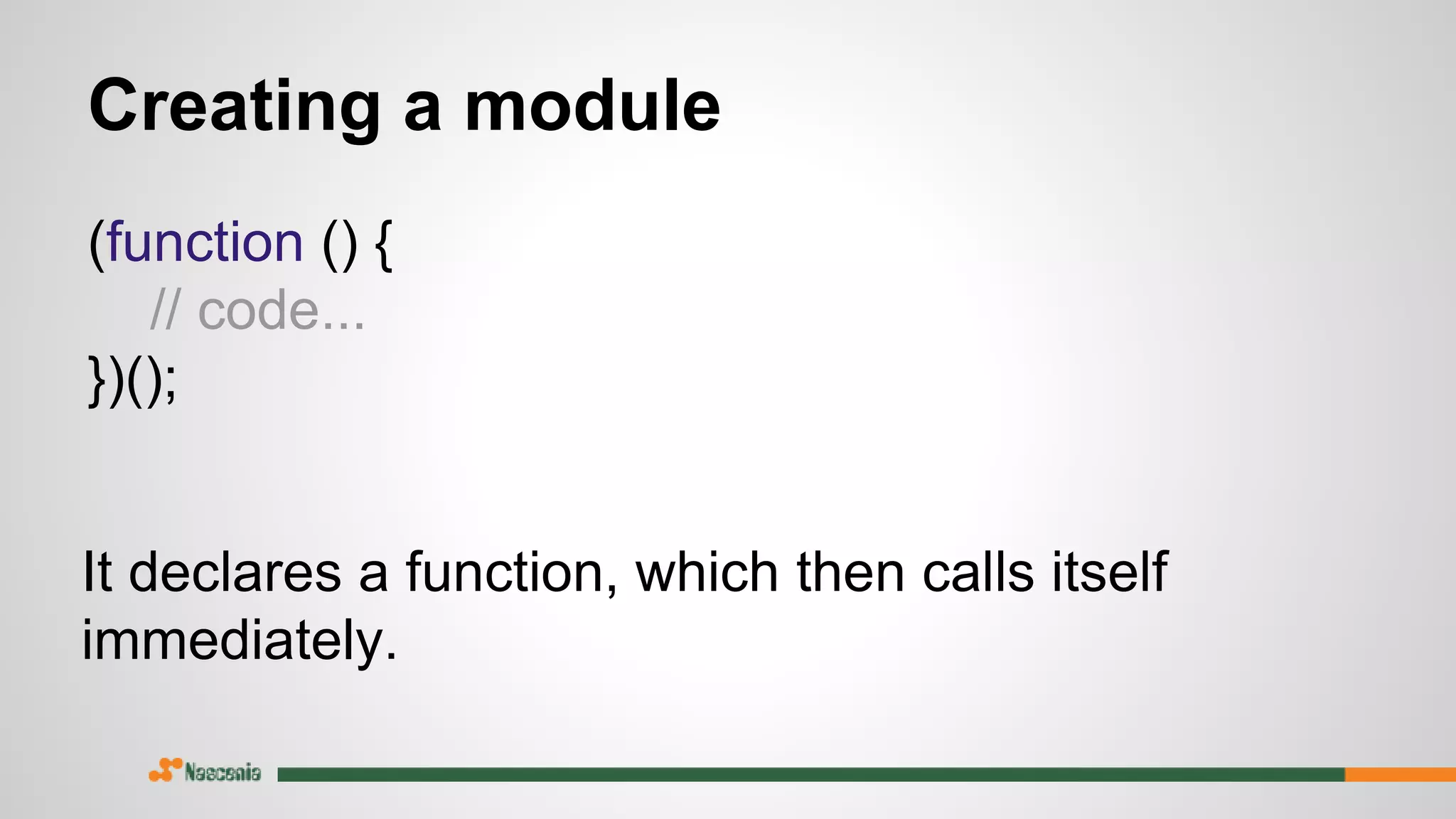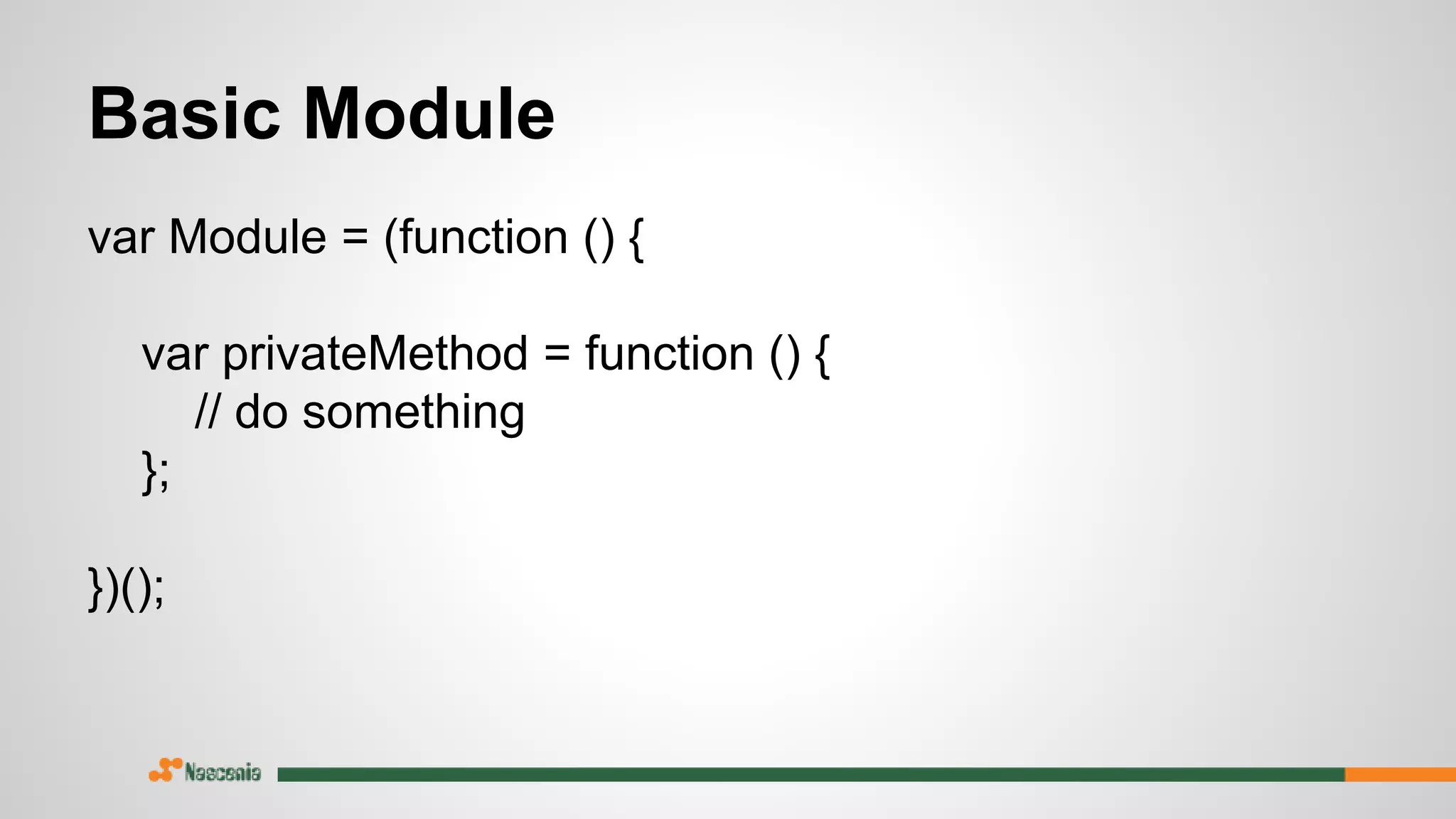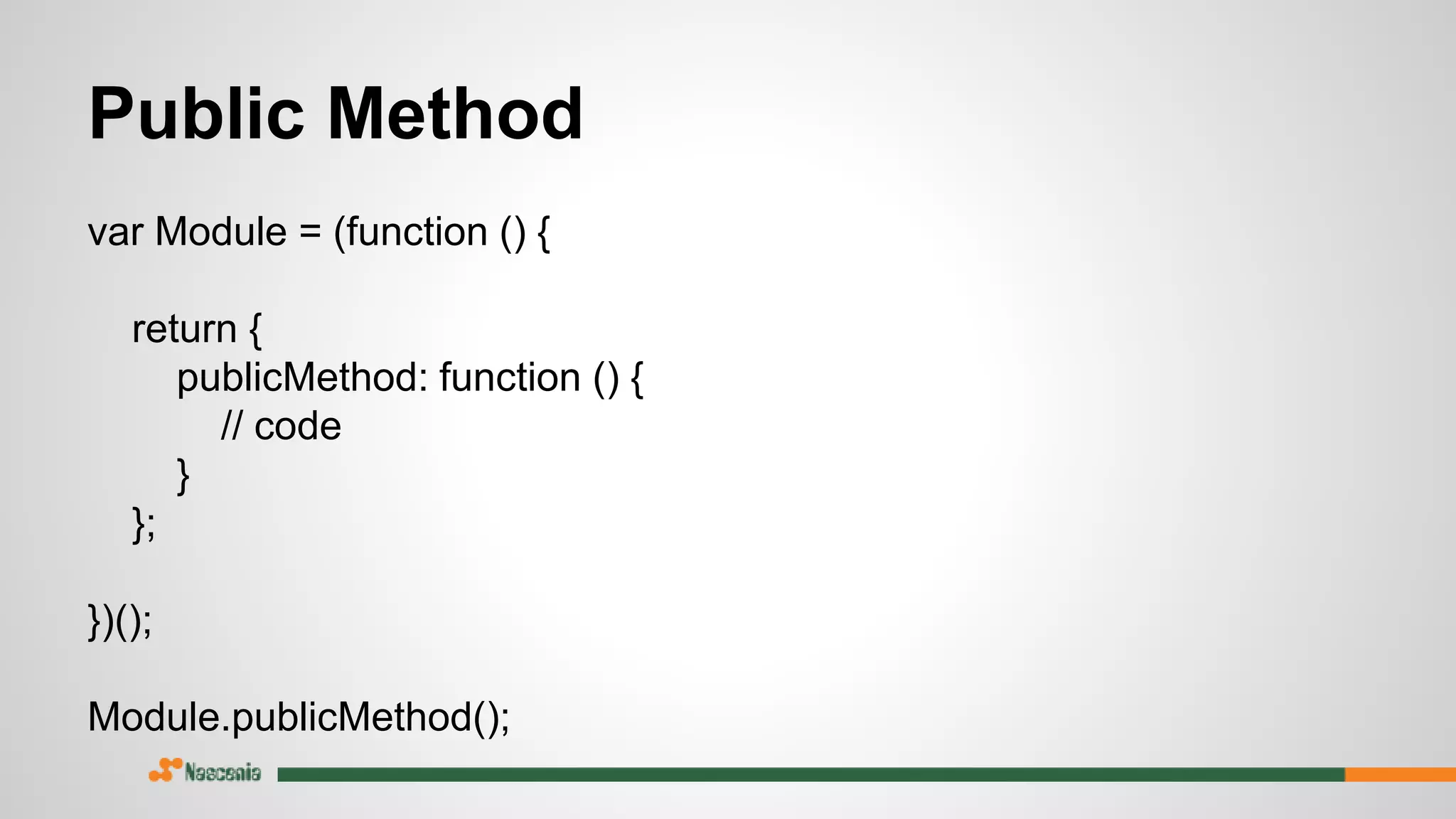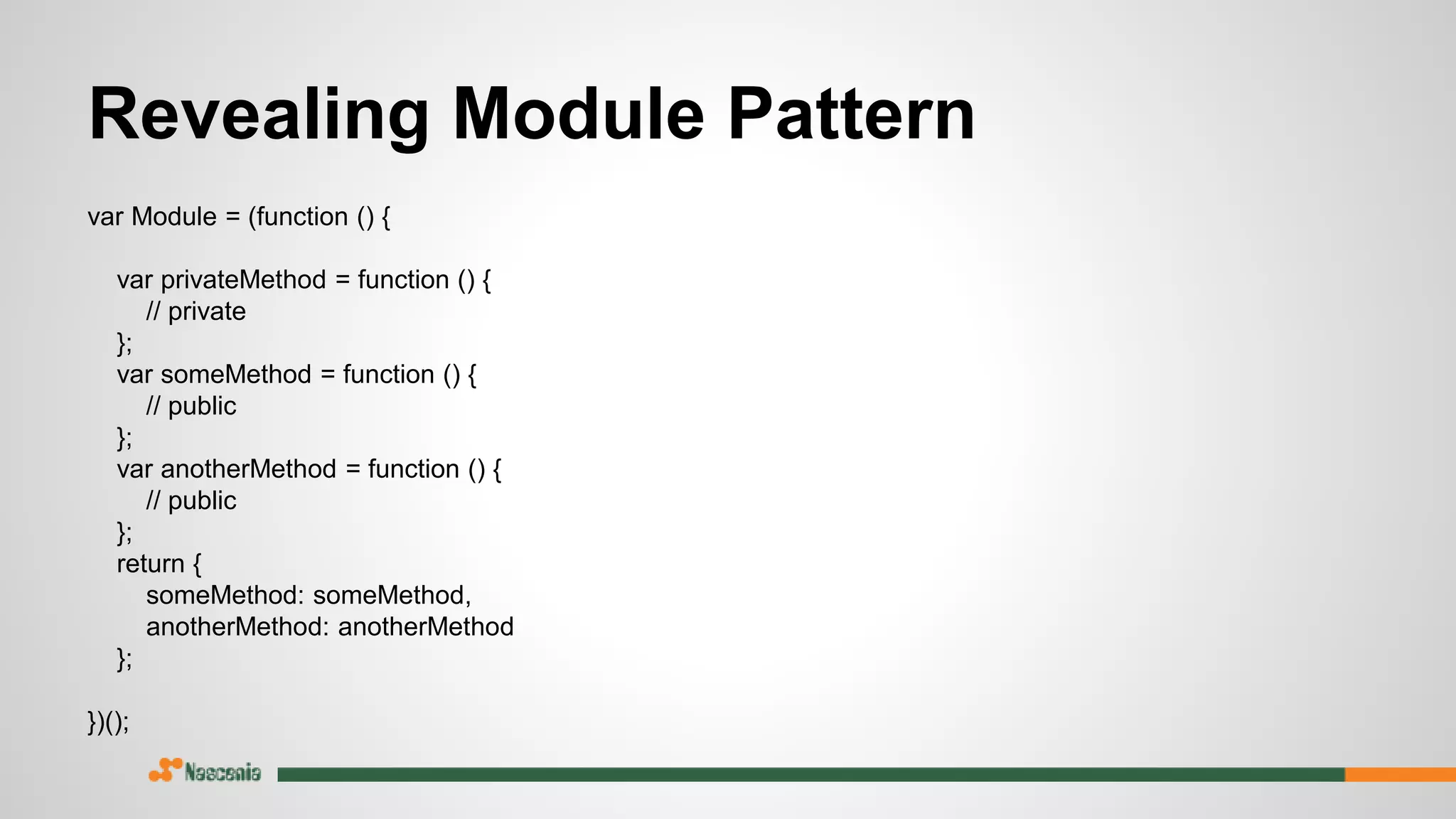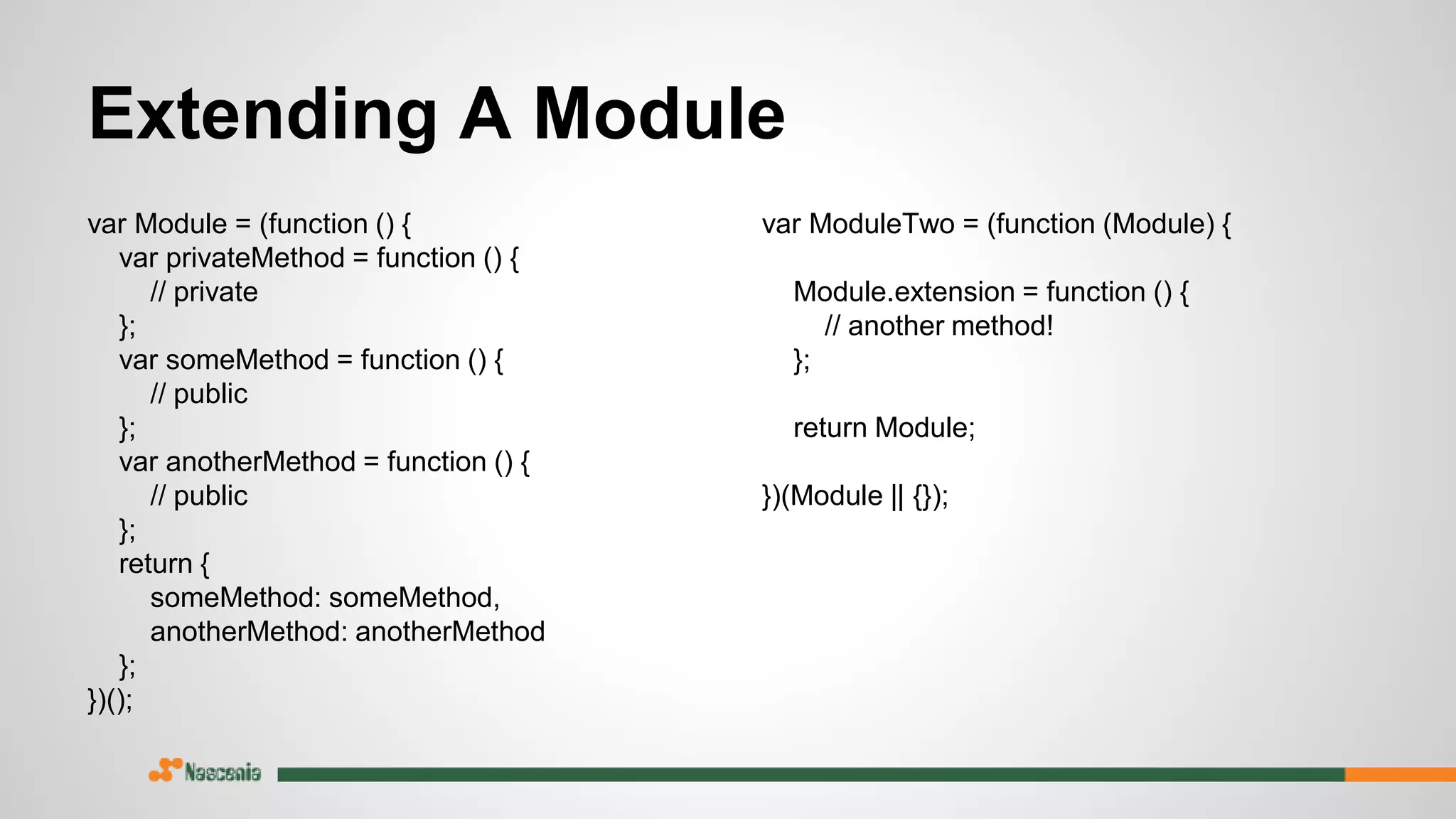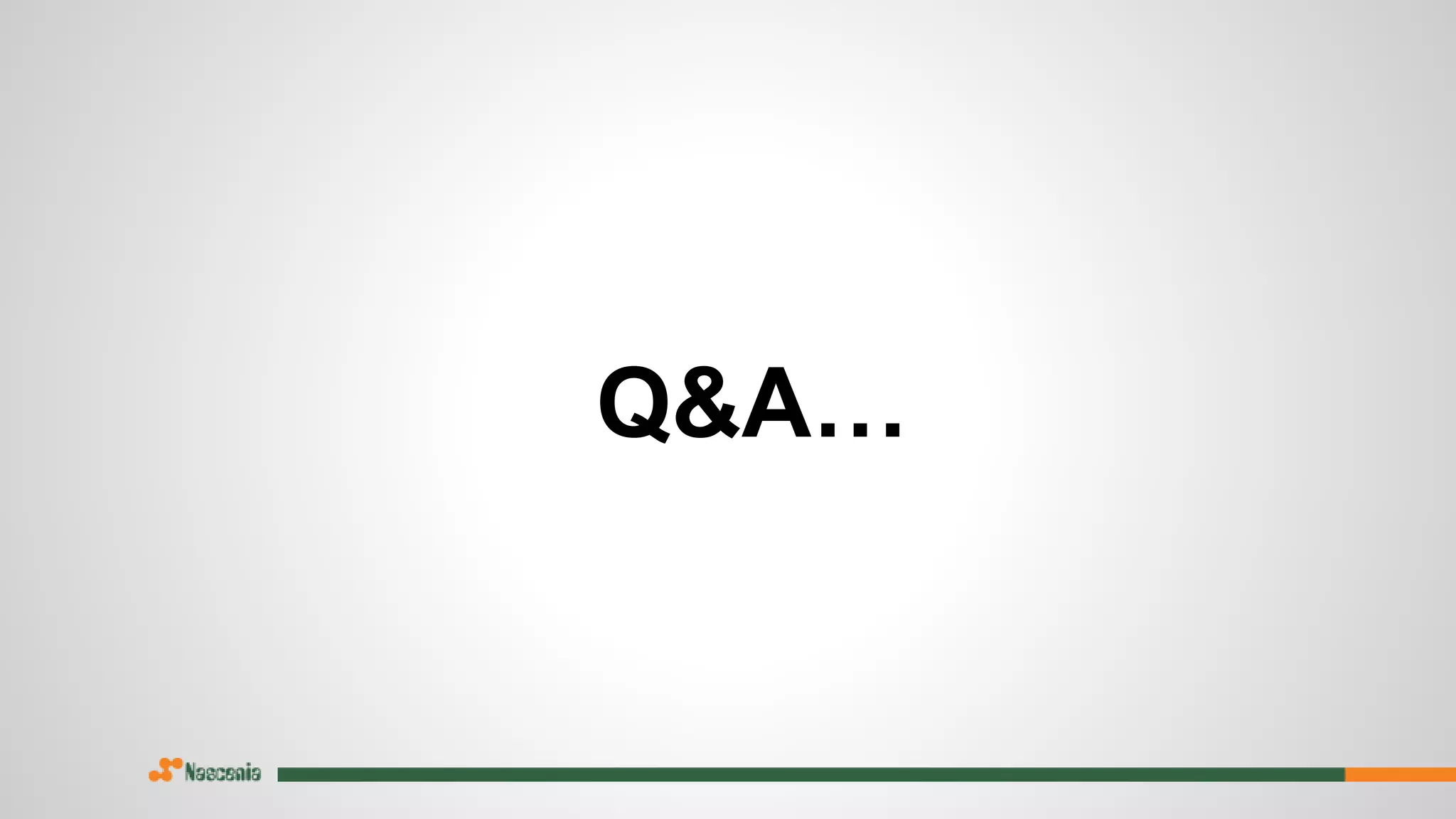'This' refers to the context of the object invoking a function. The document explains concepts of closures, prototypes, and the module pattern in JavaScript, detailing how 'this' operates in nested functions, the relevance of prototypes for inheritance, and methods for creating modules to maintain clean code. It highlights practical examples and dynamic prototype lookups, emphasizing the benefits of using the module pattern.


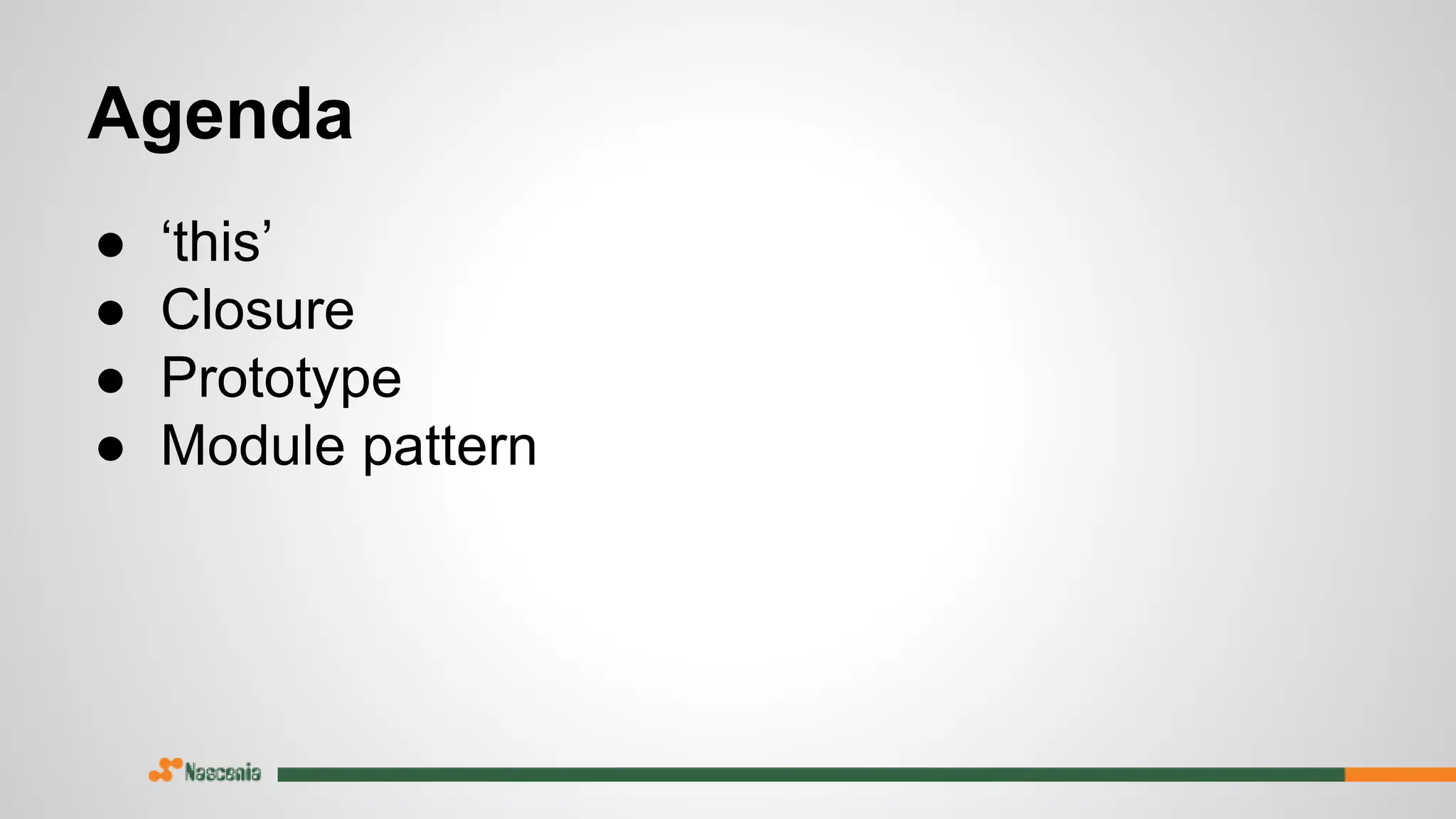

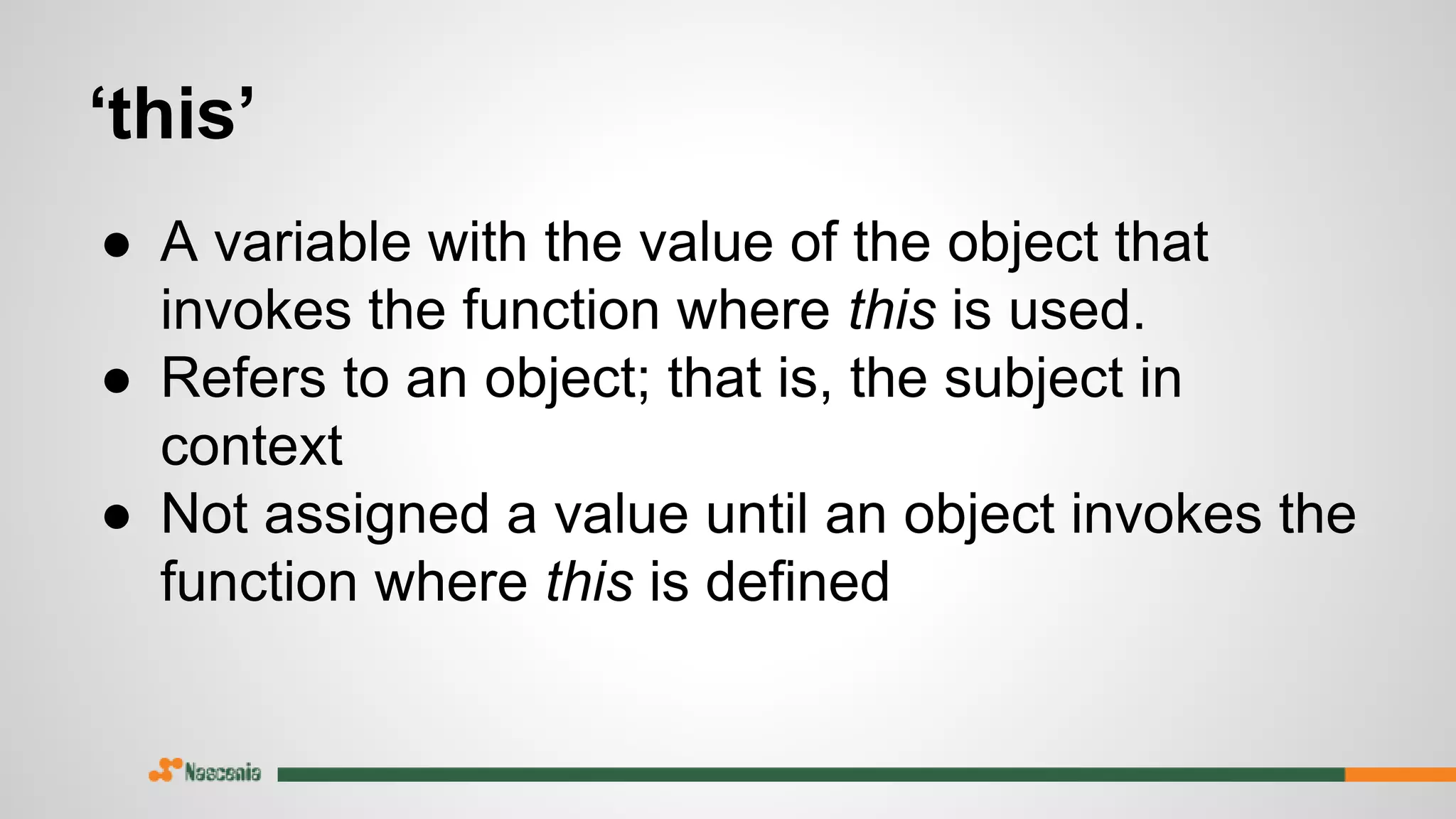
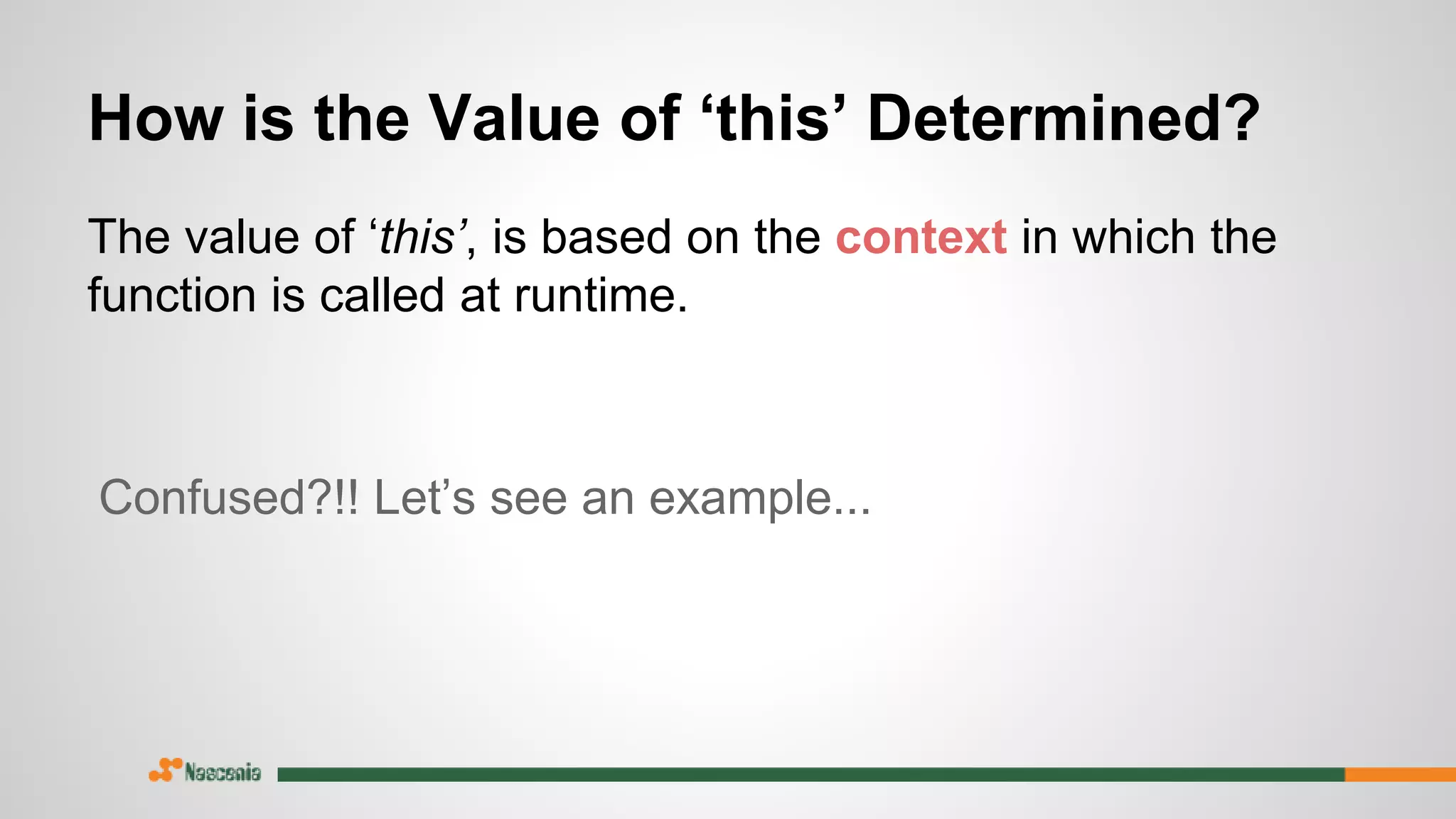

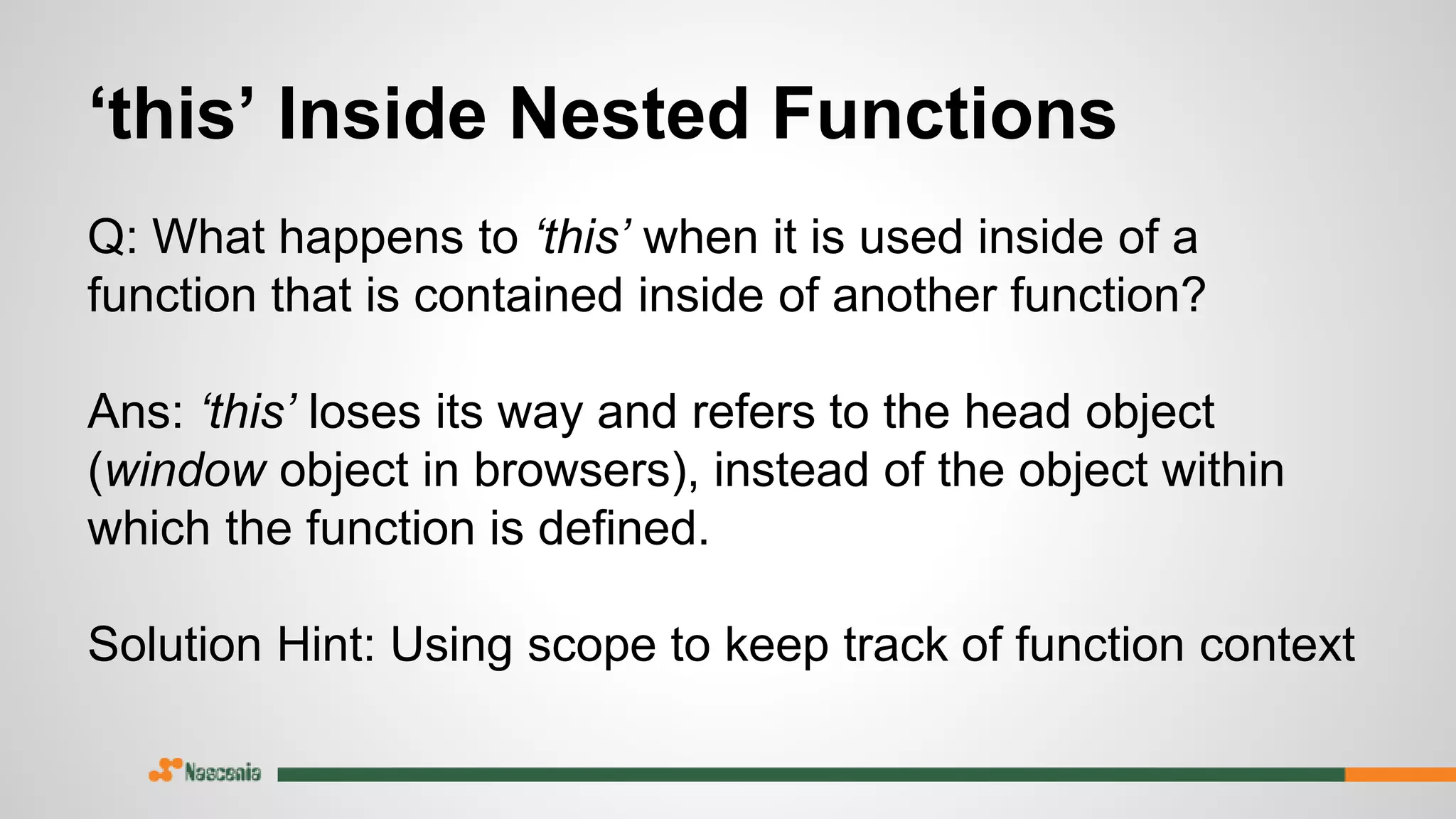






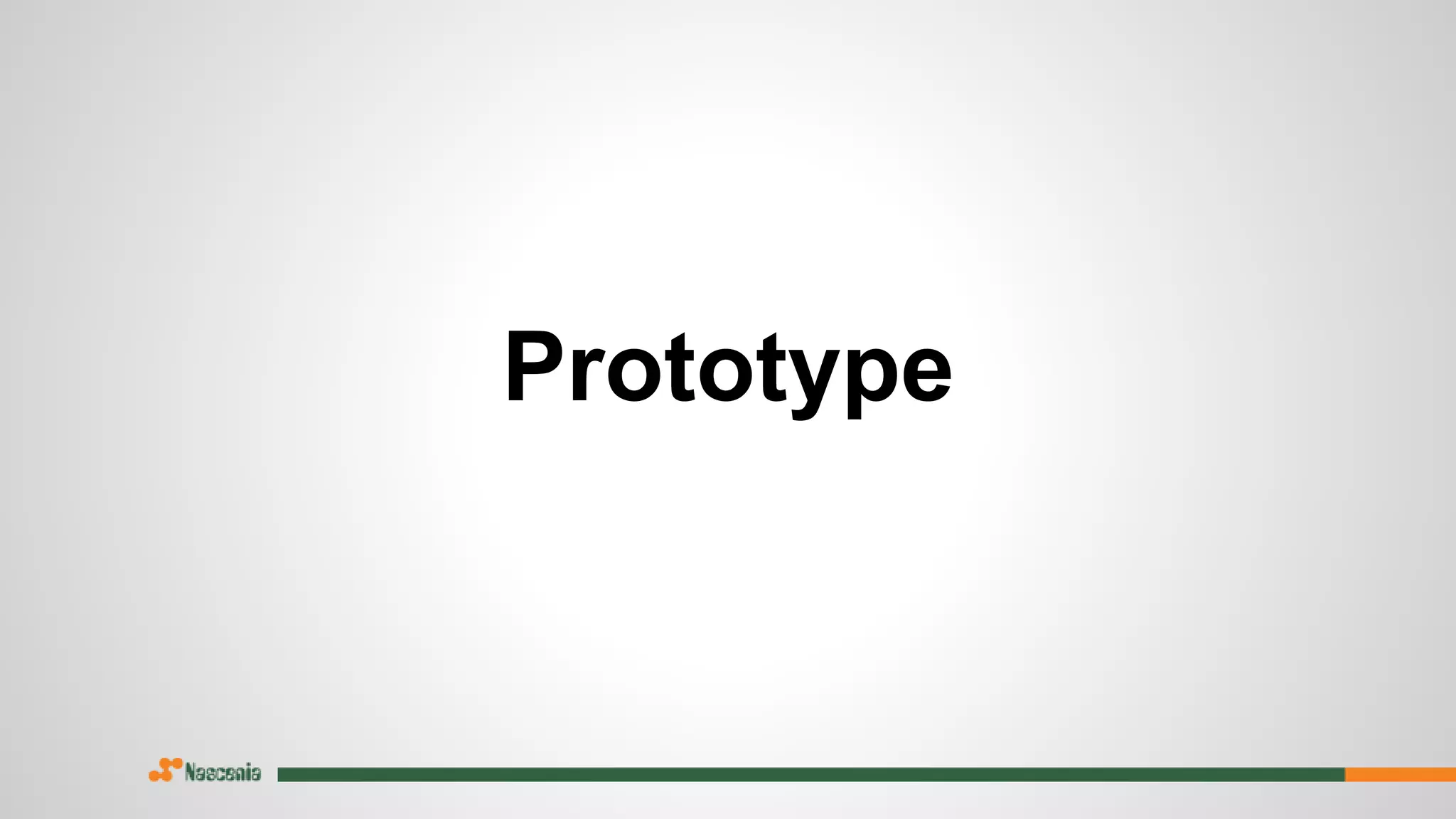
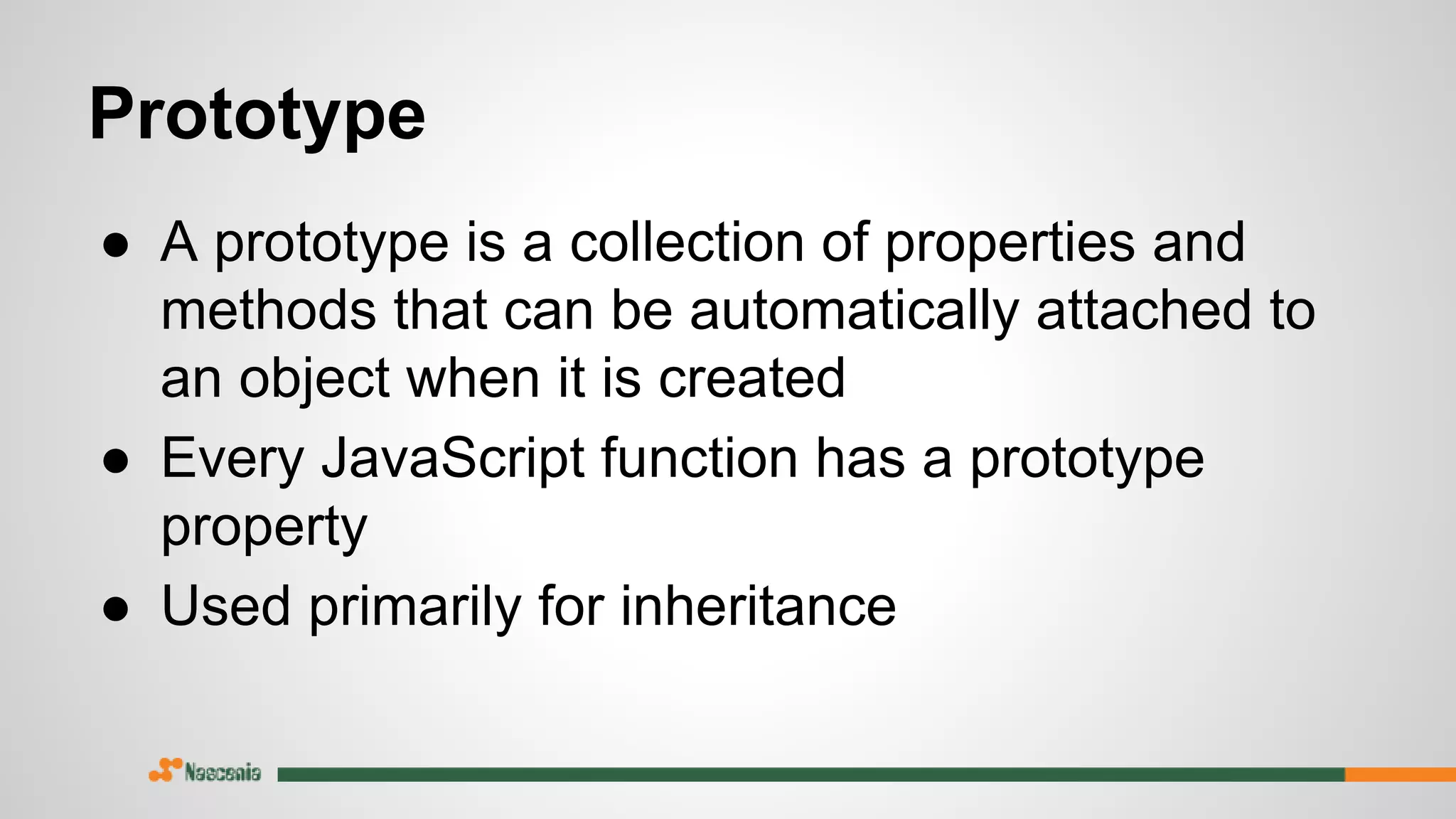
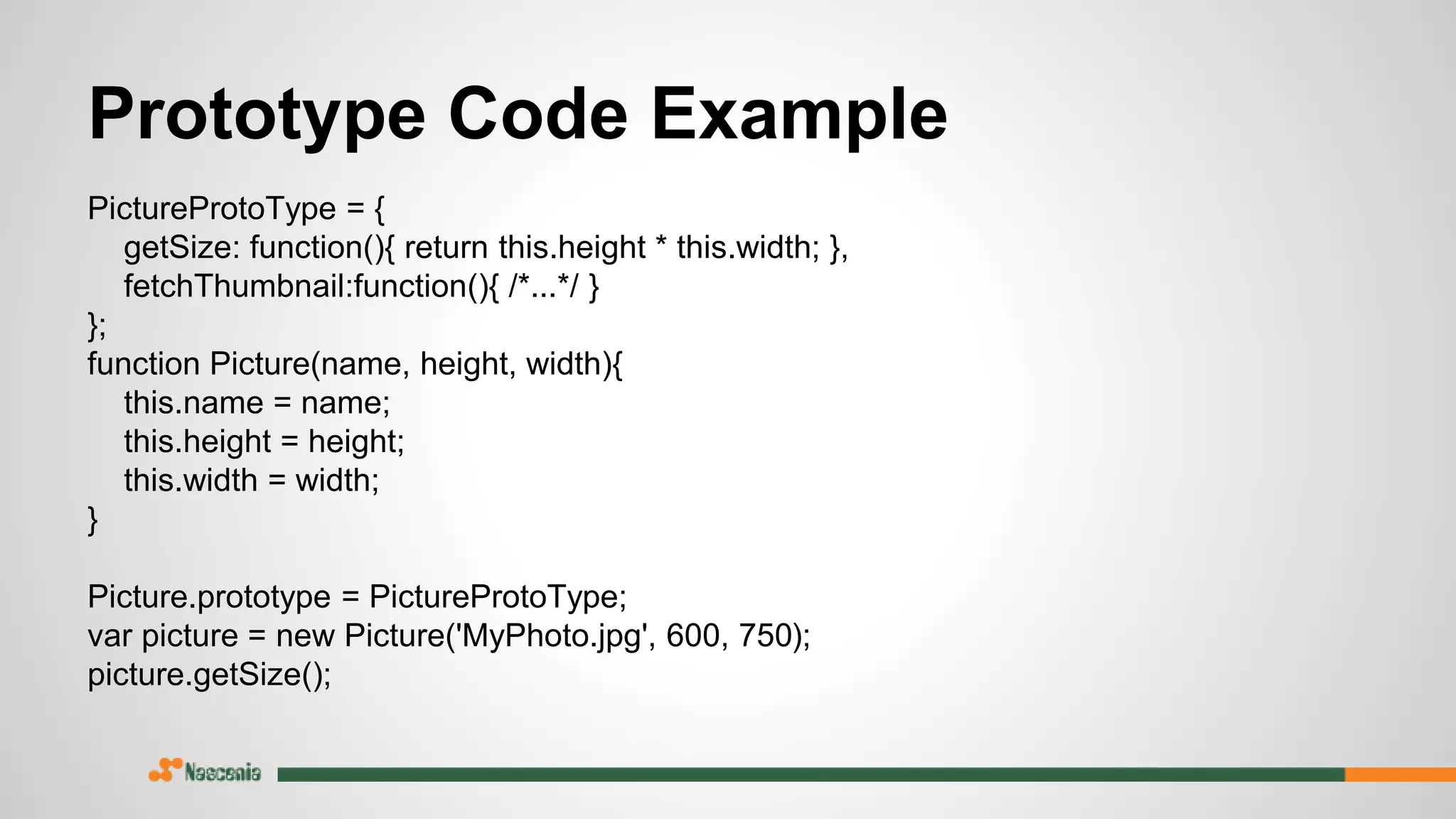

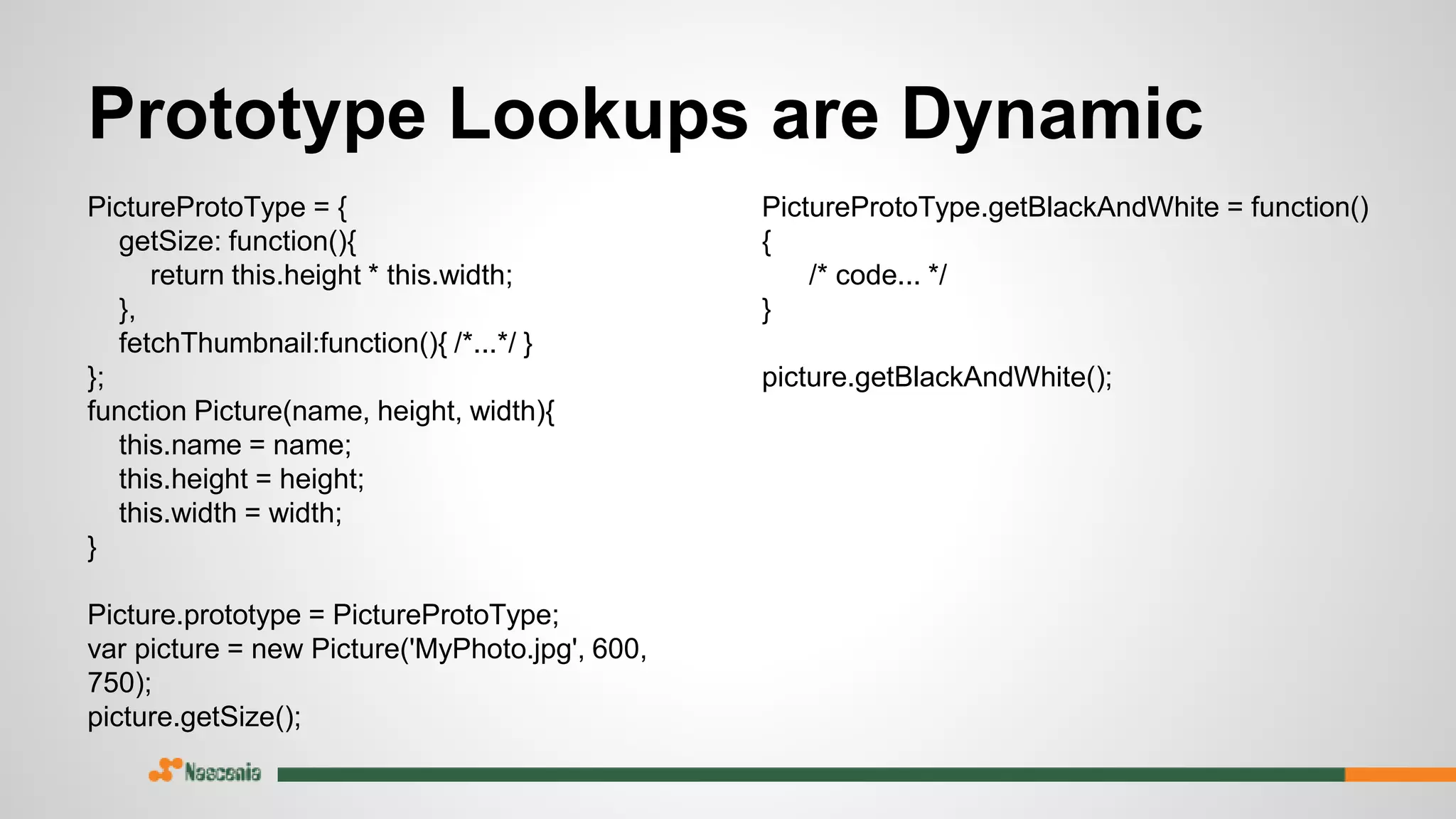
![Extending Native Objects var keywords = [ "landscape", "tranquil", "green", "vegetation" ] ; console.log(keywords); Array.prototype.clear=function(){ this.length=0; } keywords.clear(); console.log(keywords);](https://image.slidesharecdn.com/advancedjavascript-150330012417-conversion-gate01/75/Advanced-JavaScript-20-2048.jpg)

